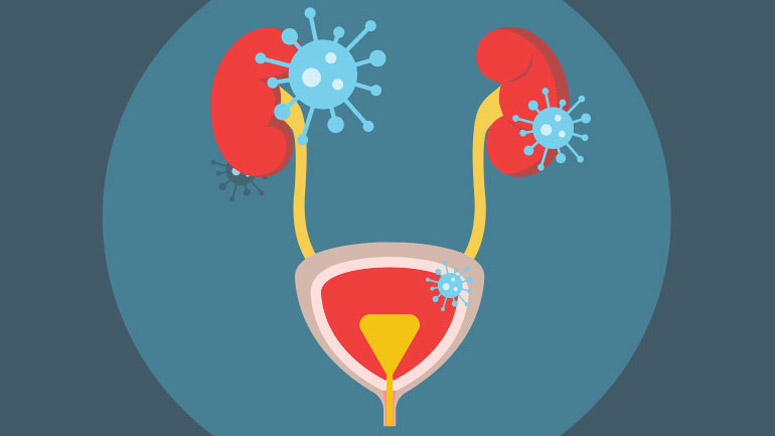The bladder [1] is an important organ that forms a part of the body’s urinary system. It is a place where urine is stored after production in the kidneys until the time of urination. The urine stored in the bladder is usually sterile or free from bacteria and other organisms. However, in some cases, bacteria can migrate from the urethra into the bladder to attach to the bladder wall, multiply and cause serious infection.
Bladder infection is a common type of lower urinary tract infection. The bacteria often implicated in bladder infections is E.coli [2] which is commonly found in the stool. Some fungi and viruses can also cause bladder infections in rare cases.
Women are known to be more susceptible to bladder infections due to the length of their urethra. Increasing age has also been found to be a risk factor for bladder infections. Boys are also susceptible to bladder infections in their first year of life.
Main Causes of Bladder Infections
Here are the most common causes of bladder infections:
Bacterial Migration via the Urethra to the Bladder

In most cases, this is the cause of bladder infection. Bacteria can travel through the urethra to the bladder. This can be promoted by sexual activity, use of diaphragms as birth control in women, poor toilet hygiene, etc. the source of this bacteria is usually the stool but can also be the surrounding skin.
Apart from E.coli, Staphylococcal organisms, Proteus, and Klebsiella can be the causative bacteria. Women are vulnerable to this route of infection because they have short urethras. While wiping the private areas after stooling, bacteria can be transported from the anus to the vagina from where they can travel into the urethra and upwards to the bladder. This is why proper toilet hygiene and regular baths are highly recommended for women.













